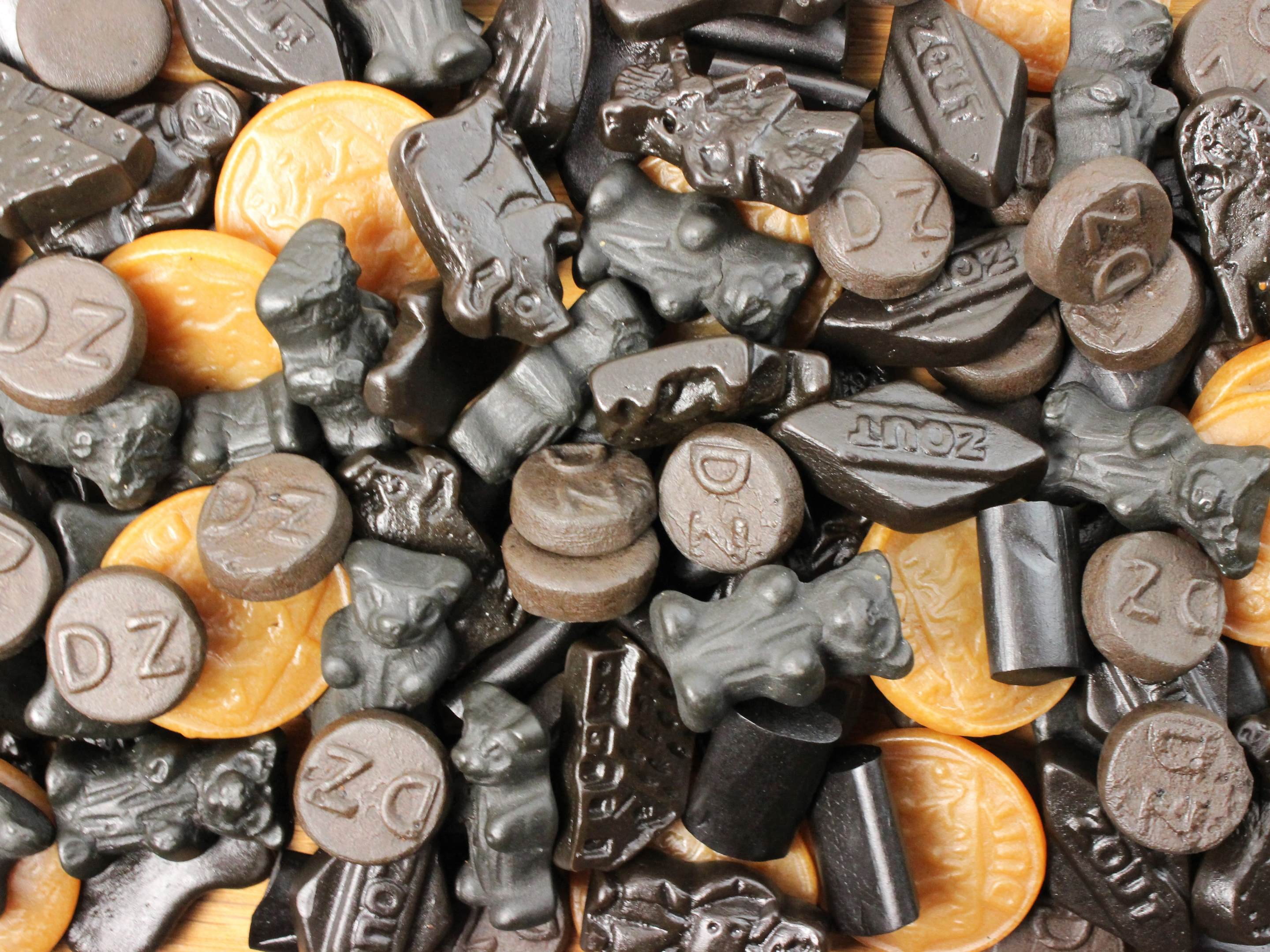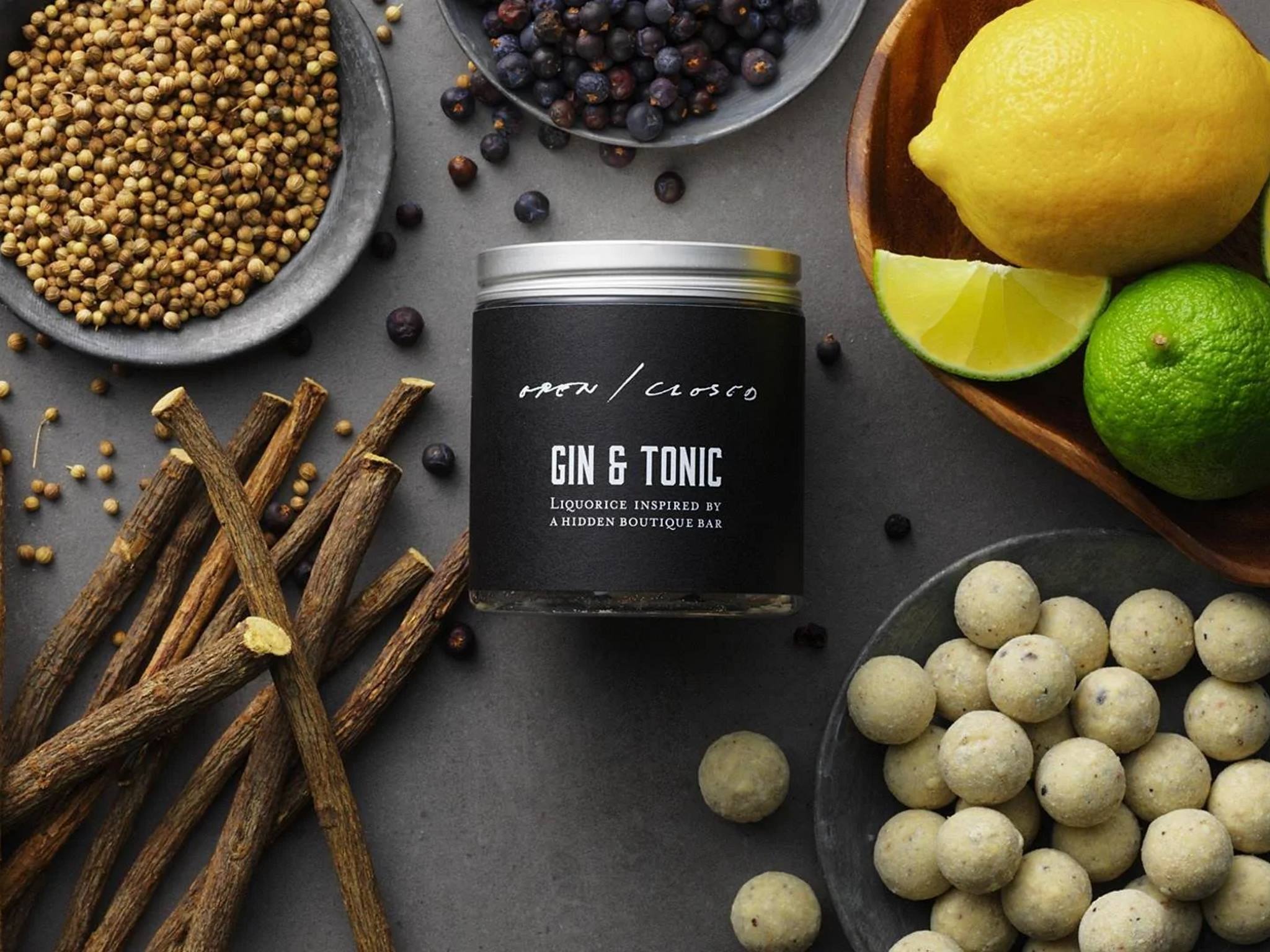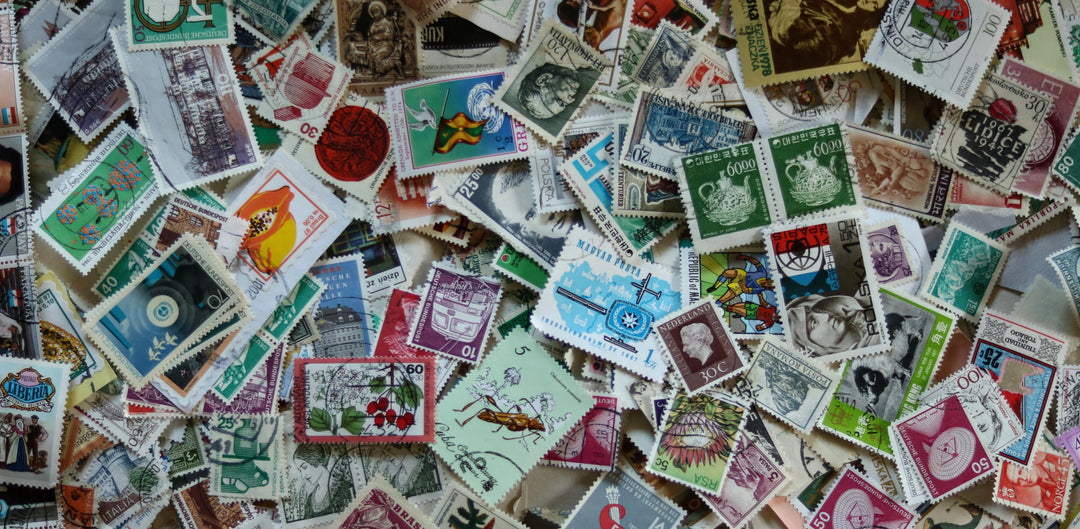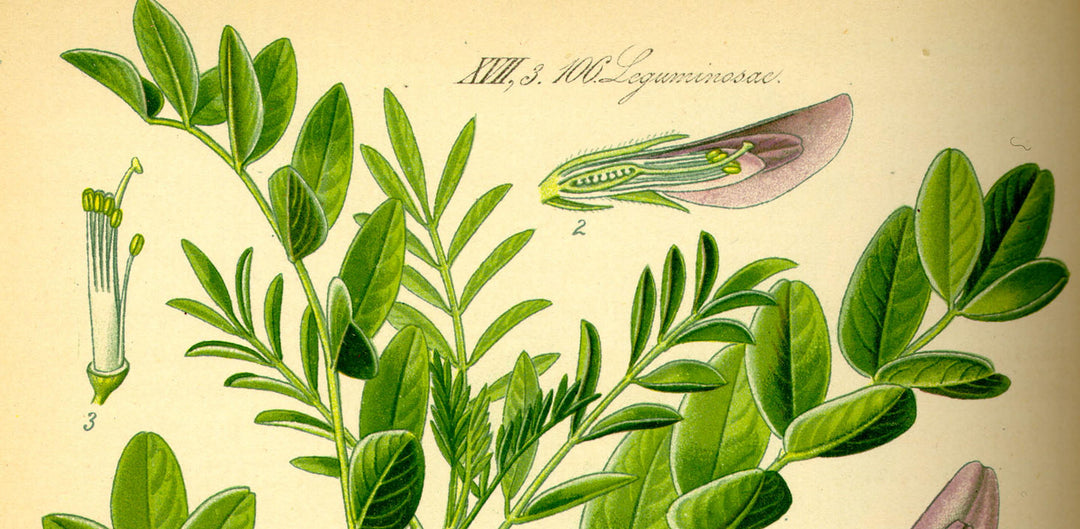How our liquorice is made
Liquorice Plant Farming

The specific taste of liquorice comes from liquorice root, which is a root from the sweet liquorice plant, Glycyrrhiza glabra, which is a perennial herb that belongs to the pea family. The herb grows in bush form to about 1 meter tall and their origins lie in countries around the Mediterranean, such as Greece, Spain, and Italy, or the so-called subtropical areas.
Liquorice root gets its sweet taste from glycyrrhizin. This acid is over fifty times sweeter than sugar. The aftertaste of glycyrrhizin is the typical liquorice taste. In the Netherlands, you can buy pieces of licorice root to chew on.
Harvesting
After 4 years of growing the liquorice root, the bushes are taken out of the ground in autumn after the leaves have fallen. Parts of their roots are then removed before the bush is replanted so that it can grow again. The roots are sometimes four meters deep into the ground, so harvesting can be a tricky job!
The cut off roots are dried in the sun and after they have dried, the farmer sells the roots.
Processing the liquorice root
It is there that they are cut, stripped into long frayed pieces, and made into pulp with water. After filtering, the pulp is thickened into an extract. This extract is poured into containers and dried again. The product that is created is called block liquorice. The block liquorice is exported all over the world to manufacturers of food, tobacco, and pharmaceuticals.
This block liquorice tastes incredibly strong and does not taste like the liquorice we know. Being extremely sweet, only a tiny amount is needed in liquorice sweets and this is why it is further processed before it becomes the liquorice we all know and love.
Turning the liquorice root extract into sweets

Our liquorice blocks are transported to Northern Europe where the most highly skilled processors are based.
Once the blocks are with our European partners, they are dissolved in water and further ingredients added. First, a mixture is formed with a sweetener (for instance sugar, honey, glucose, or fructose) and then other substances such as anise oil, bay, mint, honey, fruit syrups and thickeners are added to the mixture.
All of these ingredients are cooked in large kettles and heated to 135°C. After the boiling process, the liquid is poured into forms which are then left to dry for two days at 70 degrees °C.
Finally, the liquorice are placed in large spinning drums where they are coated in vegetable oil to create nice, shining sweets (Or Salmiak!) ready for packaging.











